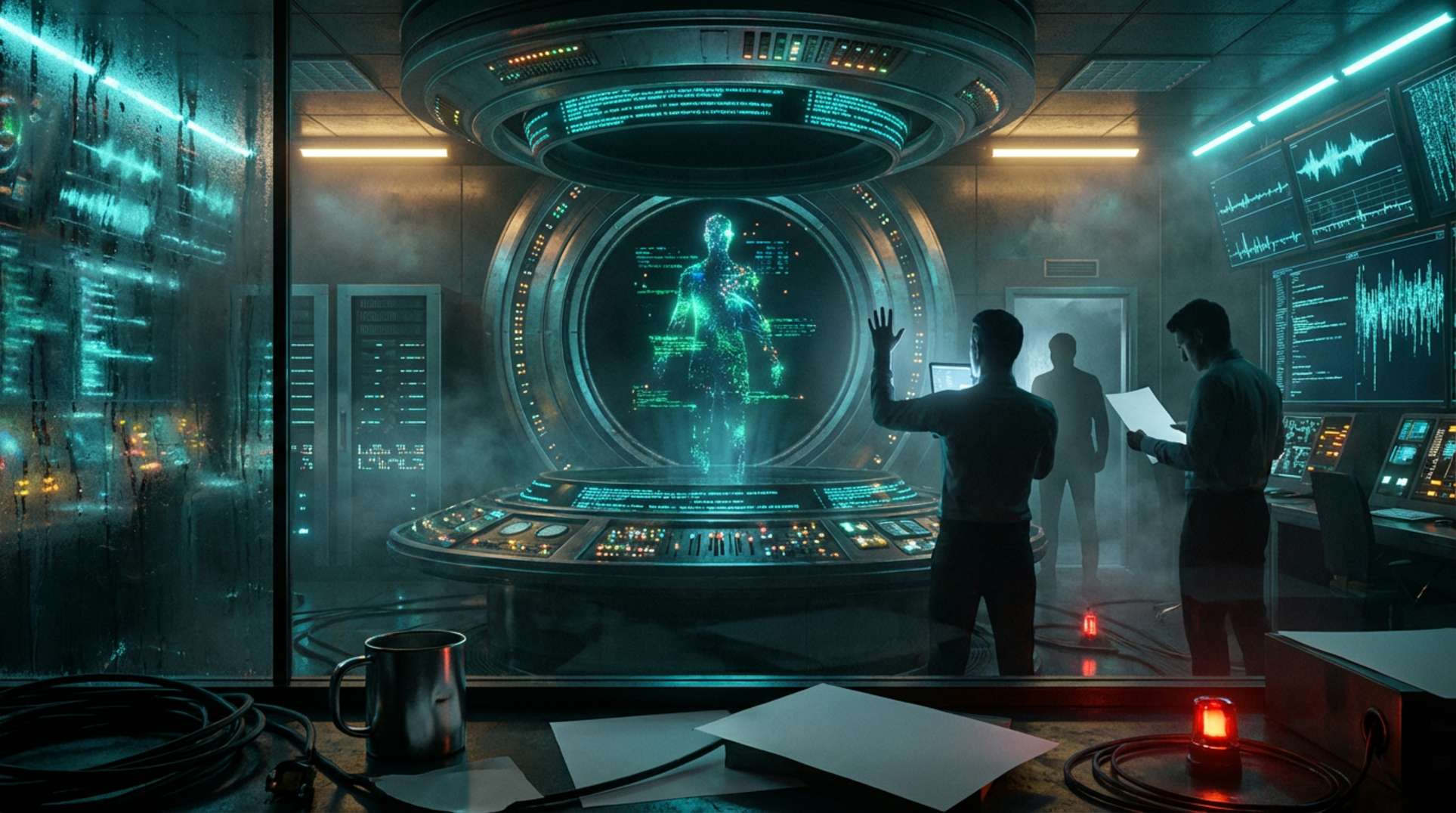The nuclear rhetoric from Moscow has reached new heights—and sounds all too familiar. In late 2025, Russian officials moved to secure facilities and strategic bunkers. Global intelligence confirmed that Russia was preparing significant nuclear posture drills. The military maneuvers, officials relocated to secure locations, and widespread exercises across Arctic missile ranges signal a troubling return to Cold War-era posturing. Today, nuclear readiness intersects with cyber disinformation, active statecraft, and a real risk of miscalculation.
Why Novaya Zemlya Is Ground Zero for New Russian Nuclear Testing
Novaya Zemlya, a remote Arctic archipelago, has a notorious history as the site of the Soviet Union’s largest nuclear detonations, including the 1961 Tsar Bomba—the most powerful device ever tested. Recently, High North News reported that Russian officials confirmed Novaya Zemlya’s range and support infrastructure are fully prepared for full-scale testing. Satellite imagery and reports from August and October indicated increased transport, logistics operations, and Notice to Airmen (NOTAM) activities around the Pankovo site. These developments suggest that the Kremlin might conduct a test with little warning. For specifics about Novaya Zemlya’s geography and Cold War history, see this detailed overview of the archipelago. Ongoing modernization mirrors major trends in nuclear arms advancements, as discussed in weapons technology features.
Official Relocation Protocols: From Bunkers to Broadcasts
Recent movements of Russian military, political, and civil defense officials to secure facilities have caught the attention of intelligence circles, echoing Cold War protocols for nuclear crises. In August and October, both official media and independent monitors noted convoys heading to hardened locations and increased government activity around strategic command posts. As reported by The Guardian, Moscow frames these measures as “ensuring national security” amid potential external escalations or Western nuclear tests. These signals demonstrate capability, intimidate rivals, and reassure domestic audiences. Meanwhile, US and European leaders have revised their own continuity-of-government and civil defense protocols, as highlighted in emergency preparedness investigations.
Nuclear Triad Drills: Missile Launches, Escalation Risk, and Diplomatic Fallout
On October 22, 2025, the Russian Ministry of Defense released a video of President Vladimir Putin overseeing simultaneous launches from Russia’s nuclear triad: a Yars ICBM from the Plesetsk site, submarine-launched missiles in the Barents Sea, and cruise missile sorties from strategic bombers. Detailed in AP News, these maneuvers form the backbone of Russia’s second-strike capability. Although officials maintain these drills are “routine,” their timing alongside the US resuming its own test posture has heightened tensions in an already strained arms control environment. International defense risk monitors widely analyze internal assessments and recent drills, providing critical insight into the rising tempo of nuclear signaling. Explore how these trends correspond with US developments in national security dossiers.
What It Means: Echoes of the Cold War in a Digital Age
The readiness of nuclear test sites, the synchronized triad drills, and official relocations send a potent message: Russia aims to show its rivals and population that it can deter or respond to grave threats. Many analysts view these actions as more about signaling than actual intentions to use nuclear weapons. However, the risks of accidents, misinterpretation, or escalation—especially during high-tension periods—are unprecedented. History shows that even symbolic actions can have tangible impacts, from altering markets to fueling new waves of bunker construction, as analyzed in social psychology features.
For readers and analysts tracking swift changes, the lesson is straightforward: Verify facts, monitor official statements and civilian alert protocols, and stay acutely aware of the interplay between military, political, and media narratives. For in-depth reporting and analysis in science, security, and geopolitics, bookmark Unexplained.co as the crisis cycle continues to evolve.





